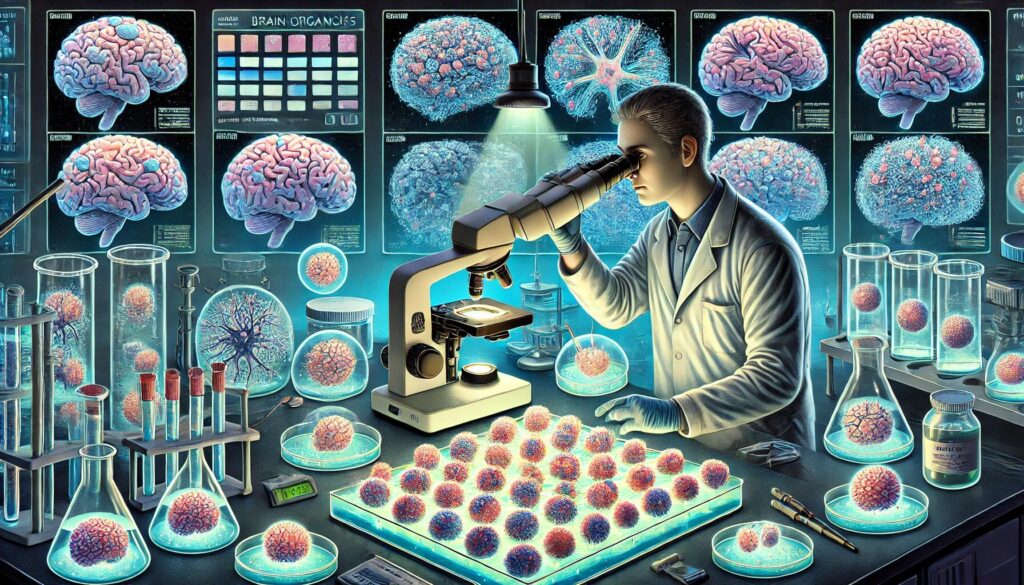A groundbreaking study has provided new insights into the biological foundations of Autism Spectrum Disorder (ASD) using lab-grown mini-brains. ASD, characterized by challenges in social, language, and cognitive skills, requires lifelong supportive care for many individuals. The study utilized mini-brains developed from induced pluripotent stem cells (iPSCs) to uncover critical information about autism’s early developmental stages.
Mini-Brains Reveal Early Autism Indicators
A research team led by neuroscientist Eric Courchesne from the University of California, San Diego, along with international collaborators, investigated the biological roots of autism using iPSCs. These stem cells, derived from blood samples of 10 infants with autism and 6 neurotypical controls, were converted into brain cortical organoids (BCOs), simplified 3D brain models.

Key Findings
- Increased Growth in Autism: The study’s most significant finding was that mini-brains derived from autistic children’s iPSCs showed approximately 40% more growth compared to those from neurotypical controls. This larger size and faster growth of BCOs correlated with more severe forms of autism, providing crucial clues about how autism develops at very early stages of brain formation.
- Correlation with Symptom Severity: Researchers noted that the larger the embryonic BCO size, the more severe the social symptoms of autism in the child. Children with profound autism exhibited the most significant growth in BCOs during embryonic development, while those with mild social symptoms showed only slight growth increases.
- Social and Sensory Brain Regions: The study also discovered that the growth of BCOs matched the enlarged social brain regions in children with severe autism, who showed less responsiveness to social stimuli. These children also had expanded primary auditory and somatosensory cortices, potentially explaining sensory and social attention difficulties.

Implications for Understanding Autism
This study suggests that overgrowth during the embryonic stage might contribute to the complex factors that lead to autism. The findings indicate that the biological underpinnings of severe and mild autism subtypes are present and measurable even during early embryogenesis. Future research with larger sample sizes of BCOs could help identify other autism subtypes.
Researchers emphasize the importance of these discoveries in understanding the onset of autism and its diverse manifestations. This advancement brings us closer to grasping how autism starts and potentially leads to better diagnostic and therapeutic strategies.
For further reading, please refer to the detailed study published by the research team and additional sources:

